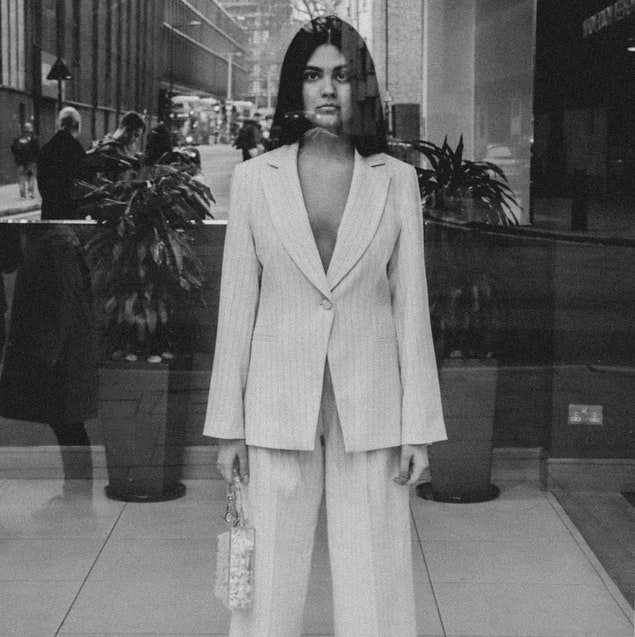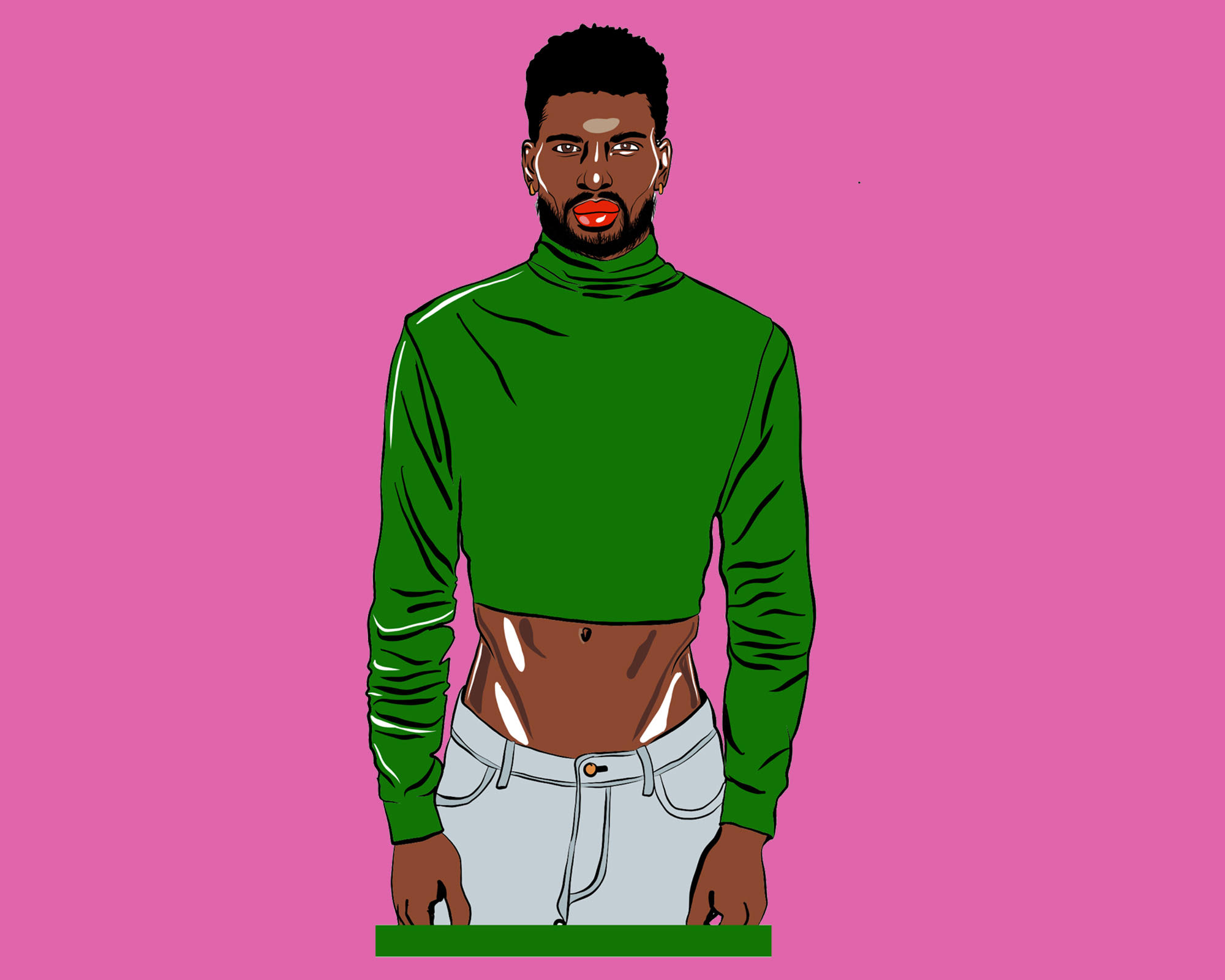Girls in pink, boys in blue; it’s hard to believe that these dated notions were once deeply embedded in the fabric of our society. But as time evolves, so does fashion.
A look back in time
Gender fluidity and its expression through clothing is not all that new. Research claims that the earliest cultures simply regarded cross-dressing as one variation in human behaviour, whereas men and women belonging to indigenous tribes often dressed the same.
Throughout history, menswear exhibited heavy hints of femininity while women only cross-dressed under disguise until they publicly began embracing androgyny in the 20th century. During the early 1700s, it was normal for men to wear high-heeled shoes with silk stockings, while long-haired wigs were customary among wealthy men.
Before the 20th century, women were shamed for cross-dressing in men’s outfits. It wasn’t until the 1920s that women’s clothing finally gained liberation and did away with tightly laced corsets, bustled skirts and puffy sleeves. Women began embracing the androgynous look, also known as ‘La garçonne’, revolutionised by Coco Chanel who paved the way for women’s trousers through her masculine-feminine aesthetic. In 1966, Yves Saint Laurent furthered the cause by introducing ‘Le Smoking’, a tuxedo look for women that became an embodiment of sexual empowerment.

Thereafter, women weren’t questioned or penalised for wearing trousers again. Women are now revered as ‘power dressers’ for donning sharp suits and enjoy the freedom of easily switching between both masculine and feminine styles. However, men haven’t enjoyed the same level of acceptance and freedom for embracing femininity.
Tipping the gender balance
Alok Vaid-Menon
The gender non-conforming writer and performance artist is often trolled for their feminine fashion on social media. In their pursuit to #DeGenderFashion they stated that: “Moving beyond the gender binary means that we appreciate how everyone — regardless of their identity — is hurt by gender norms that value people for an ideal of what they ‘should be’ not for who they ‘actually are’.”
Billy Porter
The American actor dubs himself as a “walking piece of political art”, shares a similar sentiment. He wishes to break the narrative that finds femininely styled men to be repulsive. He rested his case by adding: “I’m a man in a dress and if I feel like wearing a dress, I’m going to wear one.”
Is the idea of gender non-conformity really that far-fetched? Studies of the collective unconscious, theorise that either sex is inhabited by the opposite sex up to a point. For a man, this represents the female personification of his unconscious and for the woman, a male one. Suggesting that these qualities don’t just exist innately but extend to our outward projections as well.
Fashioning fluidity
Today, the dated heteronormative approach to fashion is slowly changing and a more inclusive, gender-fluid ideology is taking its place. Brands like Telfar, Gucci, Harris Reed, Nicopanda and Rad Hourani are already making non-conformist fashion mainstream. While fashion weeks are also playing catch-up as they slowly adapt to showing a gender-fluid format.
Last year, Harry Styles graced the cover of Vogue in a Gucci jacket and dress that garnered mixed reviews. As a reaction, Vaid-Menon took to their social media to state that trans folk of colour don’t receive praise for doing the same thing every day, but they were equally appreciative of the cover being “a sign of progress of society’s evolution away from binary gender.”
The Gender Fluid Fashion Report states that there has been a massive uptick in search interest for fashion items that have been mainly spotted on both men and women in the past year. The interest in these items spiked due to pop-culture phenomena, including celebrities like Styles.
Gender is no longer just limited to male and female — or pink and blue — but is now a spectrum of non-conforming identities and fashion is beginning to reflect that.




Join the discussion 4 Comments